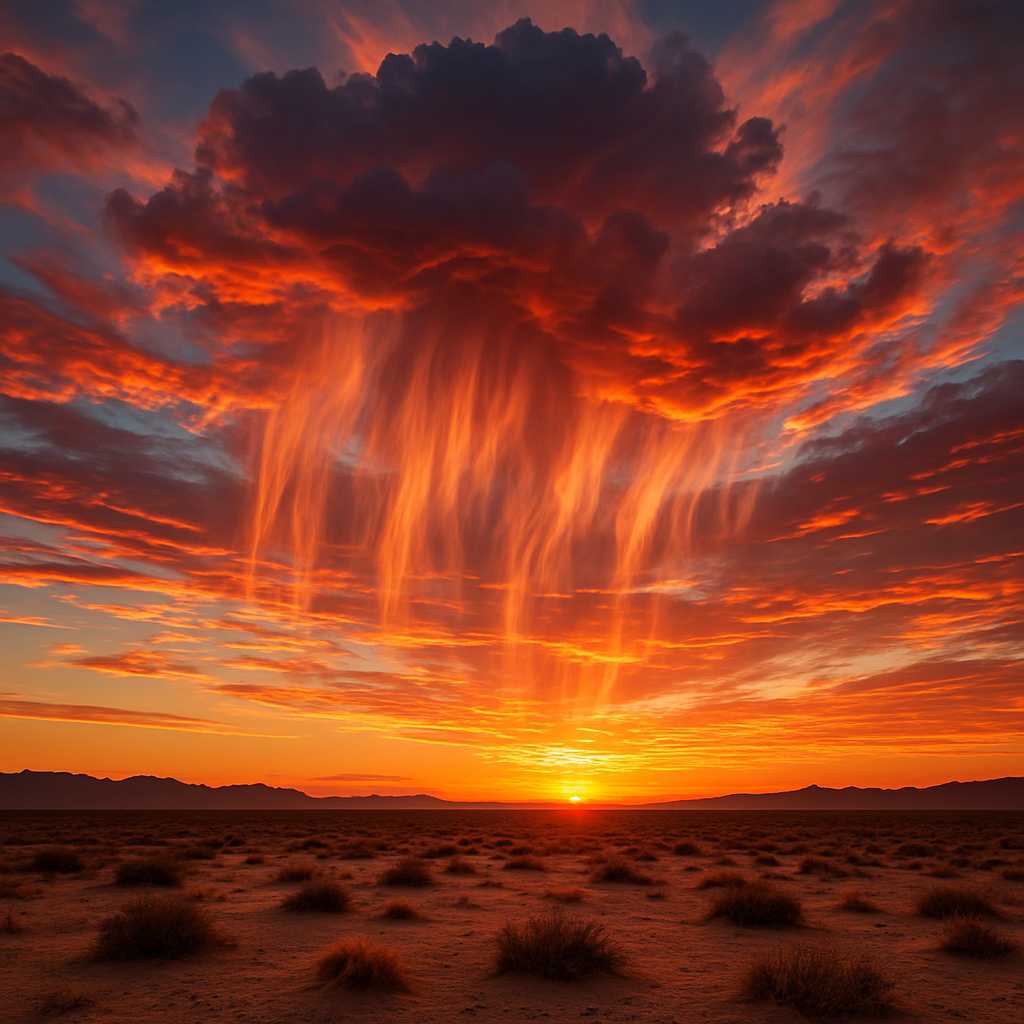Rain is a familiar sight, but sometimes, those trailing streaks beneath clouds evaporate before they actually make it to the earth. This phenomenon, known as "virga," provides a fascinating glimpse into the complexity of our atmosphere—and it’s more common than you might think.
What is Virga?
Virga appears as wispy tails or shafts extending downward from a cloud. From a distance, it looks like it’s raining, but if you’re directly below, you might not feel a single drop. That’s because the precipitation is evaporating into the air before it ever arrives at the ground. The term comes from the Latin word for “branch” or “twig,” evoking the way these trails hang from clouds like narrow appendages.
How Does Virga Form?
Virga occurs when precipitation falls from a cloud—often a cumulonimbus or altostratus—into a layer of drier, warmer air below. As the rain or snow descends, it meets this dry air and evaporates (or sublimates, if it’s snow or ice crystals). While visible from a distance thanks to sunlight scattering off the particles, the droplets never complete their journey.
The Science Behind It
The key ingredient in the formation of virga is relative humidity. When the air below the cloud has a low relative humidity, it can absorb more moisture. As precipitation passes through, the process of evaporation absorbs heat from the surrounding air, sometimes resulting in cooling and increased turbulence. In certain situations, this cooled air may rush toward the surface as a microburst, a localized and intense downdraft.
Where and When Can You Spot Virga?
Virga is especially common in arid and semi-arid regions, such as the Southwestern United States or deserts across the globe. It occurs frequently during periods when upper levels of the atmosphere hold some moisture while lower levels remain dry—often near the fringes of rain showers or thunderstorms.
Why Does Virga Matter?
While it might seem like a scientific curiosity, virga can influence local weather. The cooling and downdrafts associated with its evaporation can affect surface wind patterns and enhance turbulence—a concern for pilots. Additionally, the visual beauty of virga makes for spectacular sunsets and dramatic skyscapes.
Next time you see those ghostly trails hanging from clouds, you’ll know you’re witnessing a fascinating interplay of physics, moisture, and temperature—one of many subtle marvels in the ever-changing theatre of the sky.
— Rabir


Leave a Reply